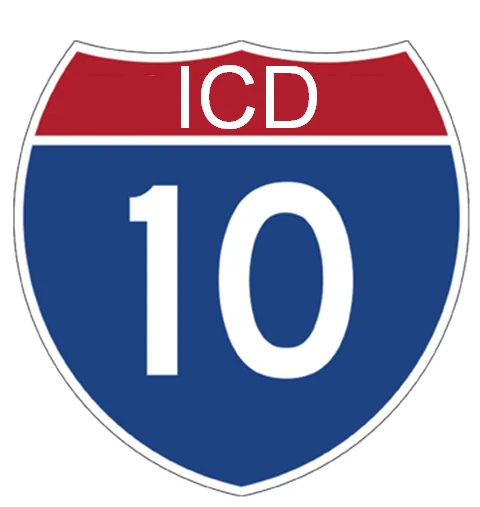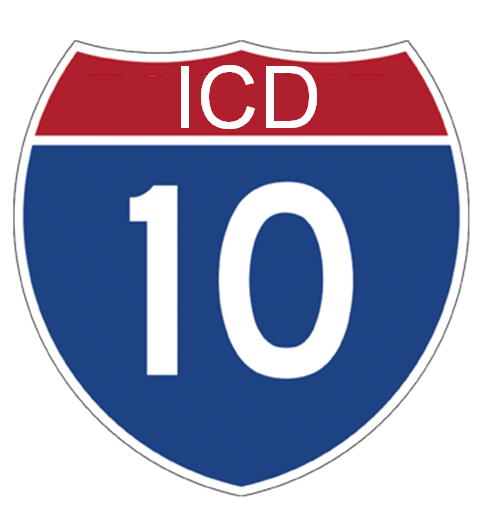


Beginning October 1, 2015 acupuncture practitioners – like all other healthcare providers – will be required to use the new ICD 10 coding methodology for diagnosis mapping and acupuncture insurance billing. This may sound like a simple administrative shift, but ICD 10 is very, very different from ICD 9.
Proper preparation is the key to a smooth ICD 10 transition. To help you prepare for ICD 10, here are answers to four common questions posed to us by acupuncture providers.
What is driving this change to ICD 10?
The transition to ICD 10 is a compliance mandate from the US Department of Health and Human Services (HHS). The current ICD 9 coding standard is limited and outdated, having been in place for decades, and has already been phased out of use in other countries around the world. ICD 10 provides a far larger, more specific set of diagnosis codes – 155,000 compared to 17,000 in ICD 9 – which will improve data collection, service quality, patient safety, and value of care.
How can my acupuncture practice complete the transition to ICD 10?
First, you’ll need to become familiar with the portions of the ICD 10 code set that are applicable to acupuncture. (Since acupuncturists face better odds of being reimbursed for pain codes versus general internal medicine ones – a bias that unfortunately does not go away with ICD-10 – start by studying pain-focused codes.) Once you understand the new code set, provide training to your staff on the structure and conventions of ICD 10. Review any changes applicable to your clinical documentation, and adjust your workflows accordingly.
Will the ICD 10 changes have an impact on my reimbursement?
Yes, and ideally it will be a positive impact for acupuncture billing. ICD 10 codes are longer than ICD 9 codes, allowing for more specific diagnosis descriptions. The enhanced specificity of the ICD 10 codes enable acupuncturists to expand, in detail, on conditions treated.
What is a good example of changes in ICD 10 to a common acupuncture code?
Let’s consider pain, since it is commonly covered for acupuncture providers. In ICD 9, the code for back pain is simply ‘724.2’. In ICD 10, back pain is ‘M54.5’. However, the code can be modified to describe laterality when accompanied with sciatic pain:
- M54.40 – low back pain with sciatic unspecified side
- M54.41 – low back pain with sciatica right side
- M54.42 – low back pain with sciatica left side
Some codes may have as many as 10 different codes in ICD 10, versus just the one code it had in ICD 9. Though the longer codes may seem complicated, they’re more precise – a change that may benefit your odds of reimbursement and enhance the accuracy of your patient’s records.
Due to the workflow challenges, software upgrades, and staff training requirement, the shift to ICD 10 may not be an easy one for your practice. Focusing on the benefits of ICD 10, and designating a team member to spearhead this transition now, will help you ensure that your practice is prepared for the changes.
Confused? Feel free to contact us to get more information on how to prepare for ICD 10 or any other issues related to acupuncture billing services.
Are you interested in learning more about medical billing? Here are some additional tips!
{{cta('787c9ce2-0981-44b7-8bdd-bad76b3f44c9','justifycenter')}}



